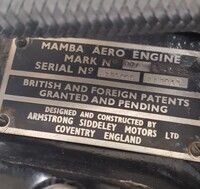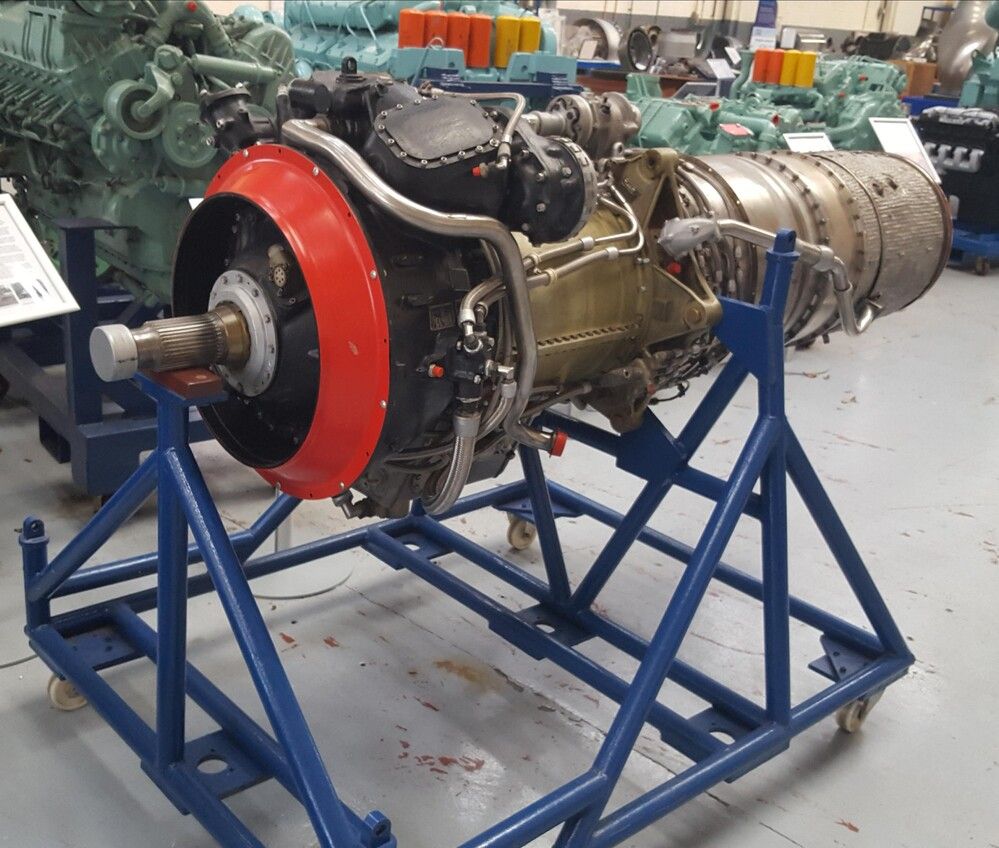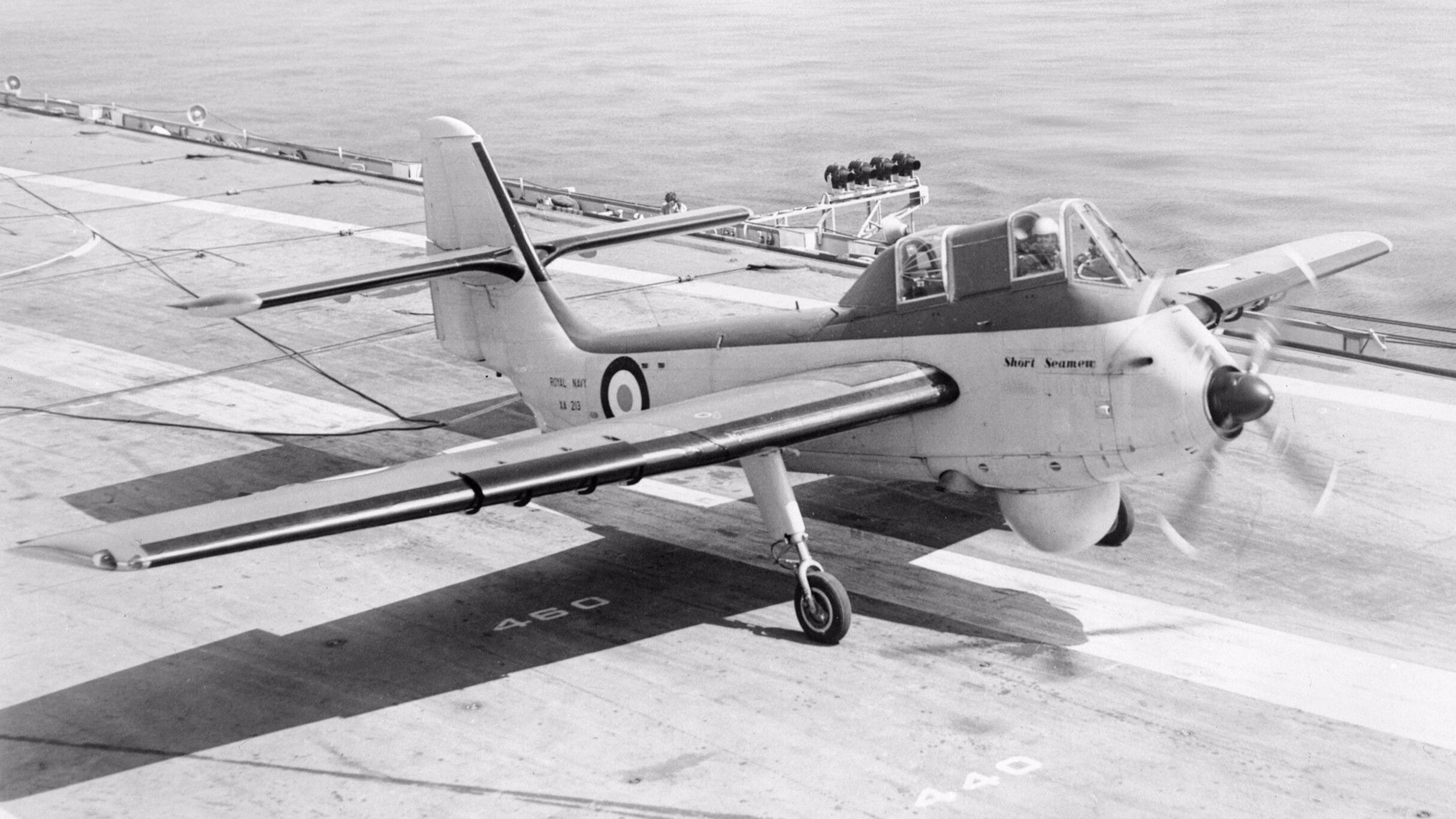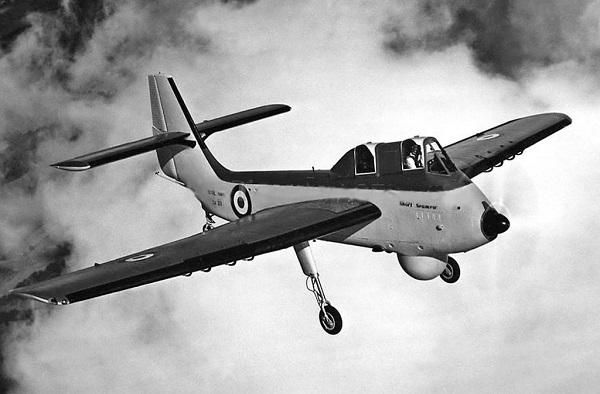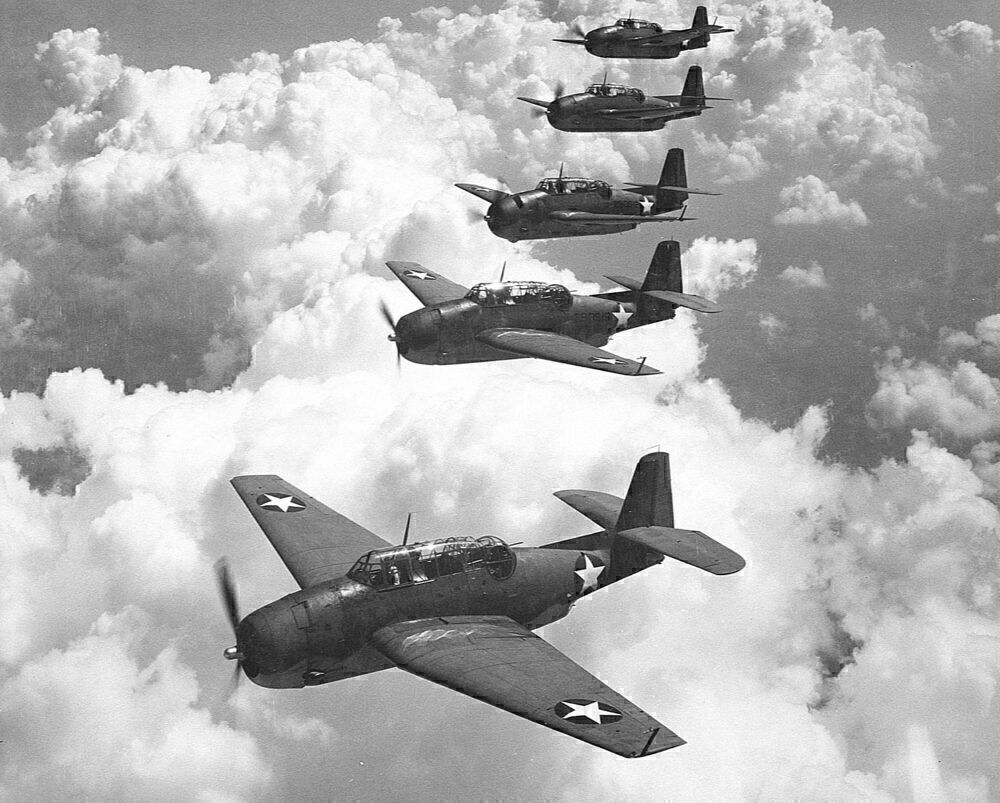Summary
- The term “sea mew” refers to common gull or kittiwake birds, serving as the inspiration for a Short Seamew warbird.
- The Short Seamew was intended as a replacement for the Grumman Avenger AS 4, but its vicious flight characteristics led to its cancellation.
- Out of 24 Short Seamews built, none remain intact, with the last survivor serving as a ground instruction model until 1967.
To an ornithologist, the term “sea mew” refers to one of two birds: (1) the common gull (Larus canus); or (2) the black-legged kittiwake (Rissa tridactyla). The “sea mew” word combo is a calque (a loan translation, i.e. a word or phrase borrowed from another language by literal word-for-word or root-for-root translation) of the Dutch name zeemeeuw.
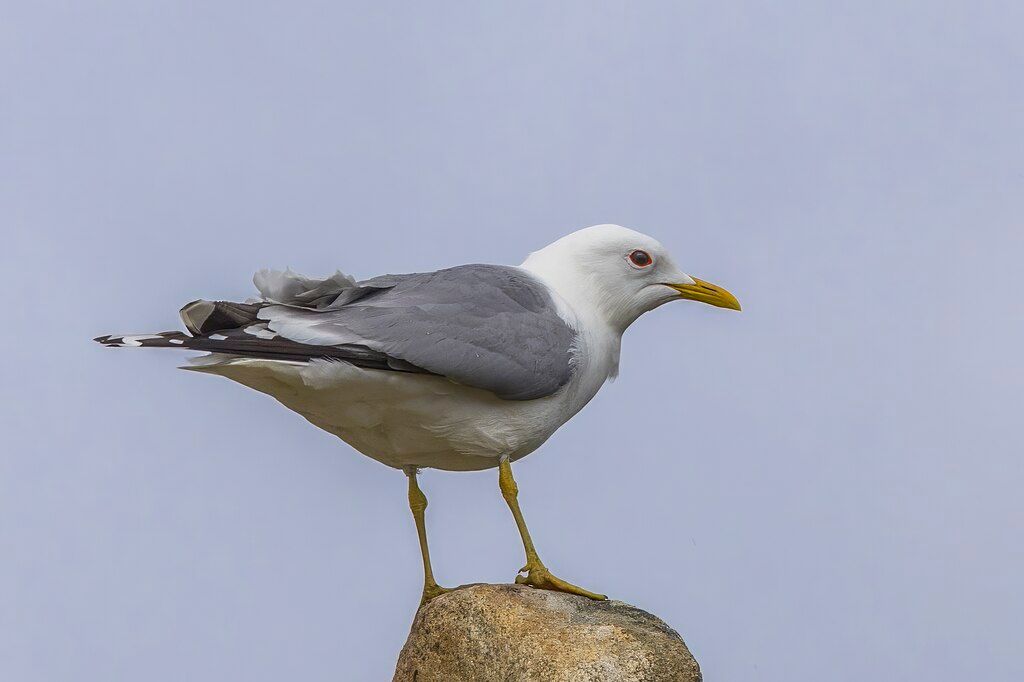
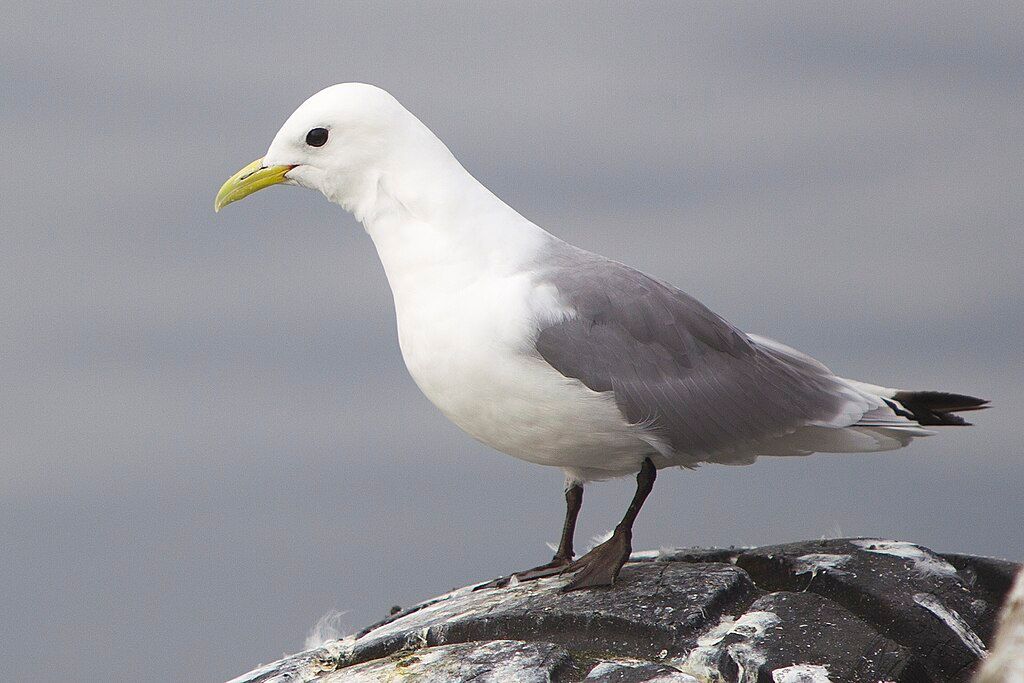
Both of these flesh-and-blood feathered marine birds are predators (they eat fish), so it’s not surprising that they would end up as the namesake for a deadly mechanical maritime warbird. That warbird was the Short Seamew, a short-lived (bad pun intended) anti-submarine (ASW) aircraft of Great Britain’s Royal Navy (RN) Fleet Air Arm (FAA) from the early years of the Cold War.
Many thanks to our loyal reader Charles Schlom (LTC, USA. Ret.), retired Senior Army Aviator and UH-1 Huey driver, for suggesting this topic.
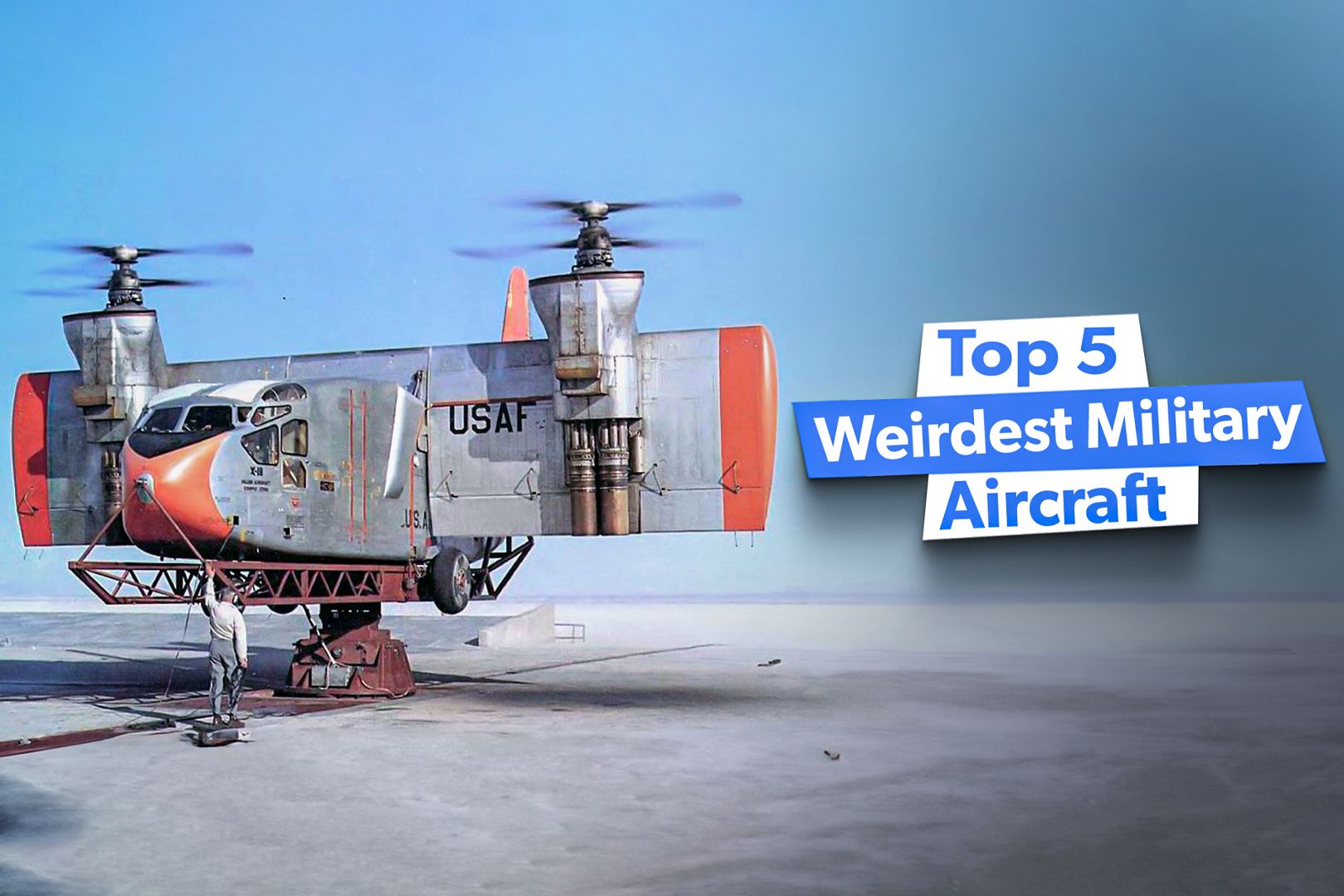
Related
Top 5: The Weirdest Military Aircraft of All Time
Such aircraft are not necessarily bad in terms of quality, but definitely different!
Short Seamew early history and specifications
The Short Seamew made its maiden flight on August 23, 1953. It was manufactured by Short Brothers plc, usually referred to as “Shorts” or “Short” for short (another bad pun intended), which had already earned an excellent reputation as a manufacturer of ASW aircraft during World War II thanks to the Short Sunderland flying boat patrol bomber.
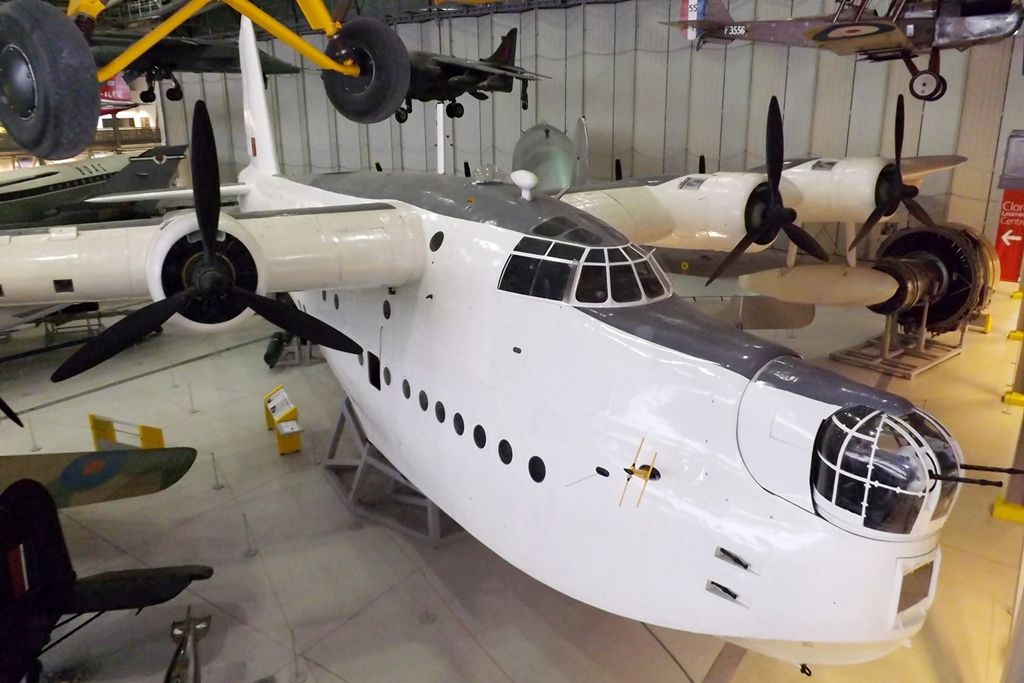
Related
Top 5 Passenger Flying Boats That Changed The World
Simple Flying’s guide to five giant planes that changed long-haul passenger air travel forever.
Shorts is headquartered in Belfast, Northern Ireland, and is a subsidiary of the American firm Spirit AeroSystems, which is headquartered in Wichita, Kansas.
The Seamew was envisioned by the FAA as a replacement for its Grumman Avenger AS 4 (better known to Yanks like me as the Grumman TBF Avenger) torpedo bombers left over from the Second World War.
The Seamew had the following vital stats:
|
Crew: |
2 (pilot, observer) |
|
Fuselage Length: |
41 ft 0 in (12.50 m) |
|
Wingspan: |
55 ft 0 in (16.76 m) (23 ft 0 in (7.01 m) folded) |
|
Height: |
13 ft 5 in (4.09 m) (15 ft 7.5 in (4.76 m) with wings folded) |
|
Powerplant |
1 × Armstrong Siddeley Mamba turboprop, 1,590 shp (1,190 kW) |
|
Empty Weight: |
9,795 lb (4,443 kg) |
|
Max Takeoff Weight: |
15,000 lb (6,804 kg) |
|
Max Airspeed: |
236 mph (380 km/h, 205 kn) |
|
Range: |
750 mi (1,210 km, 650 nmi) |
|
Armament: |
|
Operational history and performance
Gulls and ducks are two distinctly different families of birds (Laridae and Anatidae respectively), but that scientifically semantic technicality hasn’t stopped some aviation experts/enthusiasts from labeling the Short Seamew an “Ugly Duckling,” namely. Ed Nash of “Ed Nash’s Military Matters” YouTube channel and standalone online newsletter alike:
Continuing with the bird comparisons, Mr Nash makes references to the plane having “odd, stork-like landing gear.” In addition, as Ed points out, in addition to the avian insult, the plane was also ascribed an only slightly less unflattering mammalian metaphor, “a camel amongst horses.” (Interesting analogy, though camels are nicknamed “ships of the desert,” they’re not the kind of ships that the Seamew was designed for, i.e. aircraft carriers!)
As to why the plane looked as weird and “ungainly” (Nash’s “polite” descriptor) as it did, this was due to the fact that the two-person crew was mounted so high up in the fuselage. Bearing in mind that this plane was designed for ASW work, the pilot sat directly above the engine whilst the observer in the rear seat sat above the weapons and electronics bays. That “stork-like landing gear” was fixed and had an old-school tail-wheel layout; the twofold rationale behind that design was to (1) simplify construction and (2) allow sufficient room on the underside of the aircraft for a surface search radar.
Nash points out that initially, the Seamew appeared bound for a promising military career, as Her Majesty’s Government ordered 60 airframes; 30 for the Royal Air Force (RAF) and the other half of the order for the RN, which intended to use the Seamew with the Royal Naval Volunteer Reserve (RNVR) as replacements for their aging aforementioned Avengers.
Alas, trouble in the proverbial Paradise soon reared its ugly (duckling) head. As Mr Nash elaborates:
“However, attitudes were changing as to how any future conflict may be fought. Both the United States and the Soviet Union had demonstrated thermonuclear weapons in tests, and the British were on the verge of testing their own. Nuclear warfare seemed to be the future, and as a result mass warfare seemed to be obsolete…In 1956 the RAF lost interest and cancelled their order. This was followed up in 1957 with the disbanding of the RNVR squadrons. So there was no real need for the Seamew and the twenty-four that had been built were scrapped, many still sitting in the factory where they were awaiting delivery…”
“… And that, to be fair, may have been a good thing… Because the Seamew was not a forgiving aircraft. In fact, it was described as having flight characteristics that were ‘vicious’. Not exactly the sort of aircraft you want to give to part timers…The only person who had a good word to say about it was the main test pilot for the aircraft, Wally Runciman, a pilot of huge experience. But seeing as he was killed given a demonstration of the Seamew in 1956, I think it’s safe to conclude that the aircraft would have proven a killer had it gotten into wide spread [sic] service.”
Ed concludes his article in tongue-in-cheek style:
Aero engineers have an old saying: “If it looks right, it probably is.” The Seamew evidently wasn’t.
Where are they now?
Out of 24 Seamews built, sadly, none were preserved for posterity. The last survivor of its species, Serial No. XE180, was purchased by Shorts on August 31, 1959, for ground instruction at its Apprentice Training School, but was scrapped in 1967. The one relic still extant is a Seamew engine, which is found at the Coventry branch of the Rolls-Royce Heritage Trust.
